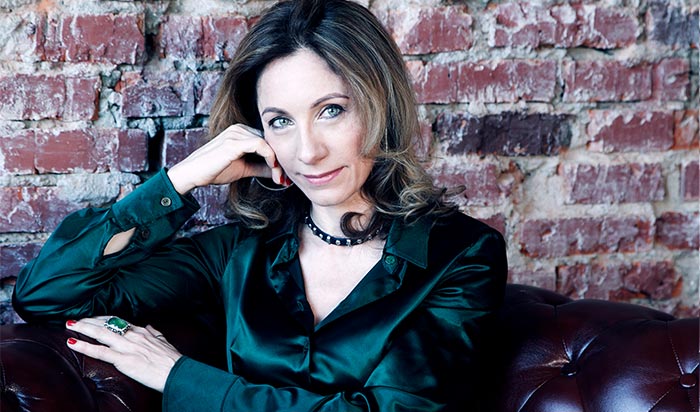Anna Leibsak: Clothes Market Volume Changes in 2017 Compared to 2016

Every year Fashion Consulting Group Agency takes part in the main events of the CJF supporting program. Profound experience and skills of the Agency employees provide expert evaluations of the most remarkable events in the industry. The results of 2017 and future perspectives of the current year are summarized by Anna Leibsak, FCG General Director, Founder and Supervisor of Management and Communications in the Fashion Industry Study Center of the Higher School of Economics.
“The market remained almost flat in rubles; it has been stabilized with a minimum increase in different segments. Thus, in the budget segment the increase has been about 1%, and in the top segment about 3% due to some increase in the sales of accessories. The market segments shares remained unchanged. The lower price segment had grown from 51 to 65% within the period of 2014-2016; and in 2017 the share of the top segment of 10% and the share of the middle segment of 25% remained unchanged in the consumer market of clothes, footwear and accessories.
In 2017, the evaluation of personal wealth change shows positive dynamics and is close to the pre-crisis level. As a result, people came back to long-term planning of purchases made with loans (mortgage loans and car loans). However, according to the data from the Institute of Sociology of the Russian Academy of Sciences, in 2017, 46% of Russians spent all their money on their basic needs and did not make any savings.
Therefore, in comparison with the pre-crisis period (before 2014) the demand for clothes remains high. Clothes belong to the category of products and services on which customers save in the first turn. People save, first of all, on clothes, vacations and entertainment. More than one third of the population even does not consider buying clothes when there are no discounts.”
What shall we expect this year?
“The Russians won’t stop saving, they’ll continue planning the purchase of clothes ahead; they’ll be carefully monitoring prices and reject from emotional impulsive buying of clothes. We don’t expect a considerable increase of the market; under most comfortable conditions a 4-5% increase is possible, hardly more.
Currently, the most interesting and perspective trends in the fashion market are good quality durable casual clothes and sport style footwear, and inexpensive junior clothes of street wear style. They’re becoming increasingly popular. I’d also like to note that owing to the coming football championship, a big inflow of tourists to Russia is expected from all around the world; and national identity brands attractive to foreign guests could capitalize on that.
Besides, taking into account the decrease in demand for clothes, which are not the first priority goods, the retail fashion companies have been trying their best to keep the prices from increase over the recent two years. Some brands even pursue an opposite strategy: they include into their product range a number of items with prices which are lower than the prices for their standard collections presented in the European market. This is done in order to allow customers to continue buying the brand products without switching to cheaper brands.
If the economic situation is going to coincide with the forecast (i.e. if inflation and unemployment remains low, if the ruble rate and the oil prices remain stable, if support of the local production continues) then 2018 will be quite similar to 2017 when the prices did not grow.”

